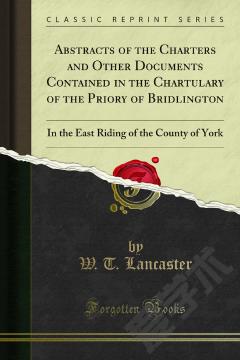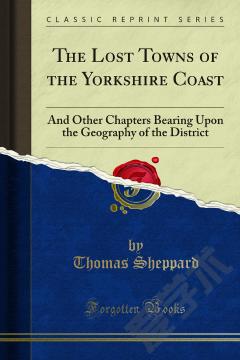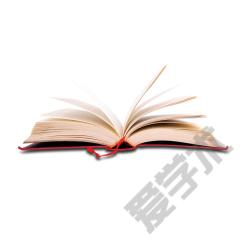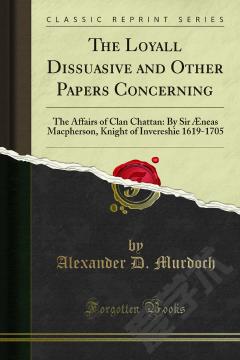Abstracts of the Charters and Other Documents Contained in the Chartulary of the Priory of Bridlington —— In the East Riding of the County of York
-----
The Gascoigne in question was, no doubt, Richard Gascoigne the antiquary, born 1580-90, died about 1663, but, unfortunately, we do not know when his notes were made. But in 1627, Dodsworth himself had access to the volume, which, he says, was then in the custody of Sir James Bellingham, of Levens; and he made a number of extracts and abstracts, which he heads as follows: -Bridlington, 2nd vol.In Cartulario Monasterii de Bridelington, in custodia Jacobi Bellingham de Levens in Com. Westmerland militis, 3° die Martis 1627.Sir James Bellingham and William Ingleby are both mentioned as holding monastic chartularies in the letter of the Bishop of London, demanding the surrender of such chartularies, written in July, 1627. The list of chartularies in that letter includes that of Bridlington; but, unfortunately, the letter does not make it clear in whose possession it then was, giving merely a general list of chartularies and a general list of owners. The Bishop's instructions appear to have been disregarded, and Dodsworth went through the volume again in March, 1628, his new notes following those made previously; and as he makes no remark to the contrary, the Chartulary was presumably still at Levens. There was a connection between the Ingleby and Bellingham families, Sir William Ingleby, who died in 1652, having married a daughter of Sir James Bellingham. Archer records that the Chartulary was in the custody of the Ingleby family in 1634. In the first edition, 1695, of Tanner's Notitia Monastica, he states that there was a Register of Bridlington with Sir William Ingleby, of Rippon (sic), and another with John Bellingham, of Levens. I think he must have been under a mistake here. That the volume which was at Levens in 1627 is identical with that now preserved at Ripley is ascertainable from Dodsworth's extracts, to which the folios of the original he saw are appended, and these correspond with the relative folios in the Ripley chartulary.
{{comment.content}}








 京公网安备 11010802027623号
京公网安备 11010802027623号